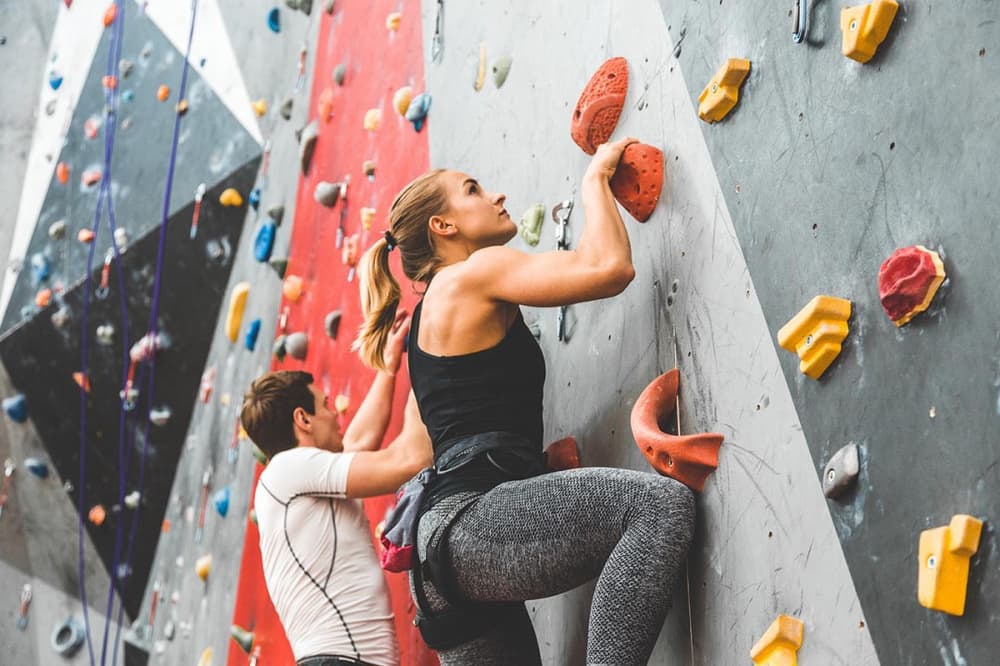Neurodivergent-friendly fitness is revolutionizing wellness. From calming gyms to ADHD-focused routines, discover how inclusive design empowers diverse minds to move confidently.
Fitness for Neurodivergent Minds: A New Era of Inclusive Workouts
Written by Sumit Kaushik

Fitness has never been a one-size-fits-all activity. But in this era of wellness revolution, there is one paradigm-breaking idea long past due to command center stage: Fitness for Neurodivergent Minds.
For individuals with ADHD, autism, anxiety, sensory processing disorder, or for that matter, simply different patterns of feeling and thinking, most fitness clubs and exercises are repellent, bewildering, or worse still, hellish.
Today, a movement is transforming fitness experiences—with science, empathy, and neurodiverse inclusion at the forefront.
What is "Neurodivergent Fitness"?
Neurodivergent refers to natural diversity of human brains, including:
- ADHD (Attention Deficit Hyperactivity Disorder)
- ASD (Autism Spectrum Disorder)
- Anxiety and sensory sensitivity
- OCD, dyslexia, Tourette's, and others
Where differences are otherwise viewed as deficits, neurodivergent fitness celebrates unique strengths, needs, and preferences—offering movement spaces that are calming, ordered, and responsive.
Why It's Picking Up Speed in 2025
Adult growth of ADHD and autism diagnosis
Increased sensitivity to mental health and need for sensory-safe environments
Transition away from "no pain, no gain" to trauma-informed and consent-driven fitness
Accessibility and inclusion as wellness brand values
What Neurodivergent-Friendly Exercise Must Have
- Low-Stimulation Environments: Soft textures, low lighting, and soft color schemes reduce sensory overload. Noise-cancelling headphones or quiet exercise spaces are provided for sound-sensitive customers.
- Images Instead of Vocal Instructions: Instead of rapid-voice directives, users are given color-coded pictures, LED clocks, hand gesture orders, or wall tracing in step-by-step sequence to guide visual learners.
- Step-by-Step Process with Personalized Options: Every exercise is divided into distinct, modular pieces—with the option to pause, re-do, or skip based on energy, focus, or comfort levels. This grants freedom without anxiety.
- Integrated Sensory Tools as a Habituation Element: Weighted vests, touch mats, warm-ups with fidget-integrated elements, and resistance bands provide sensory input to assist with regulation and grounding.
- Culture of Consent and Inclusive Communication: Trainers use non-triggering terminology, deliver hands-off corrections, and respect boundaries. No yelling. No "beast mode." Simply support and choice.
Where It's Happening: Real-Life Applications
- Gyms like Evolve Inclusive Studio (USA): Designed with adjustable lighting, quiet pods, and neurodiverse classes
- Apps like Moovr & SpectrumFit: Offering ADHD-friendly, vis-first home fitness with built-in focus timers
- Clinics and schools: Adding movement to IEPs (Individualized Education Programs) with sensory-sensitive exercise
- Online communities: Sharing routines like "ADHD cardio bursts," "Autism-friendly yoga," and “Movement for stimming regulation”
How It Helps: Benefits to Neurodivergent Individuals
- Strengthens heightened focus, motor coordination, and executive function
- Reduces anxiety, emotional dysregulation, and sensory overload
- Boosts body confidence and self-agency
- Provides a sanctuaries space for movement as an affective processing device—not punishment
Community Voices
"First time in my life, I never felt judged while pacing or had to stop. The trainer literally asked me how I was going to move today."
— Jess, 28, Autistic adult & yoga enthusiast
"Fitness was a struggle with my ADHD. Now it's freedom."
— Aamir, 22, University student with ADHD
Developing Neurodivergent-Friendly Workouts (for Trainers & Coaches)
Use non-linear progressions—clients may start wherever they prefer to
- Offer fidget breaks or stim-friendly warm-ups
- Implement body-neutral, supportive communication
- Offer opt-in sensory options like aroma oils, texture, or sound
- Avoid sudden lighting changes, volume, or pacing
Last Thoughts: A Neurodivergent, Body-Literate, and Emotionally Intelligent Fitness Future
The future of fitness will be neurodivergent, body-literate, and emotionally intelligent.
By opening our arms to brain wiring differences, sense differences, and differences in emotional rhythms, we build the entrance to a more compassionate, safer, more empowering wellness world for all.
It's not about fitting in—it's about belonging in your own body.